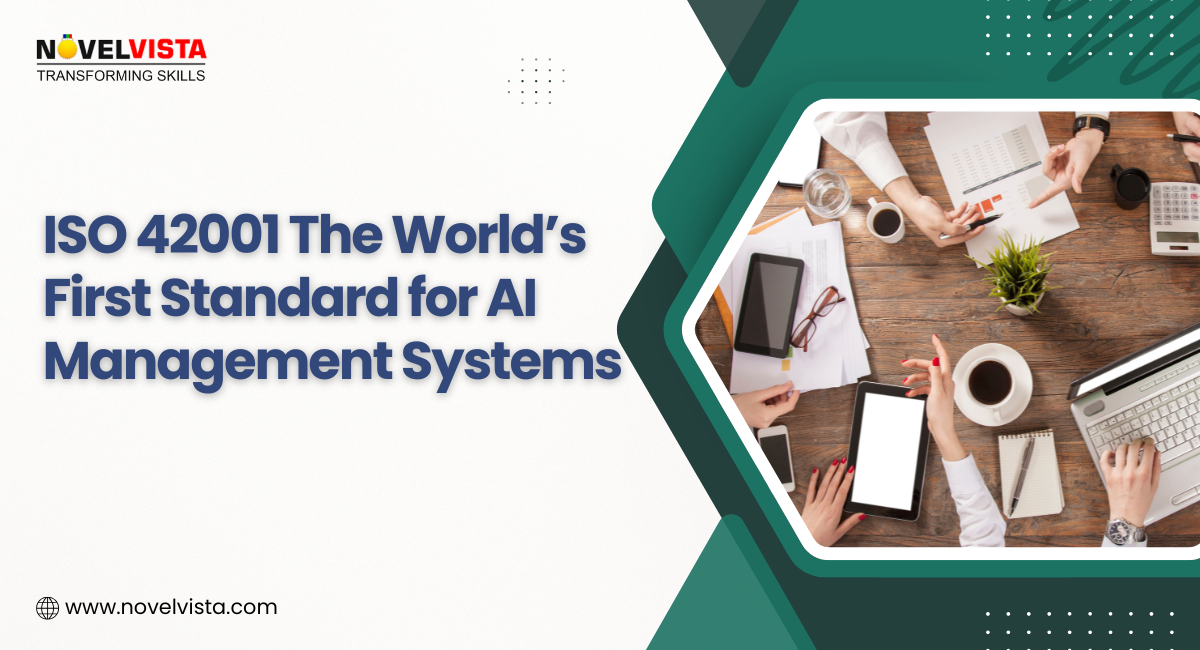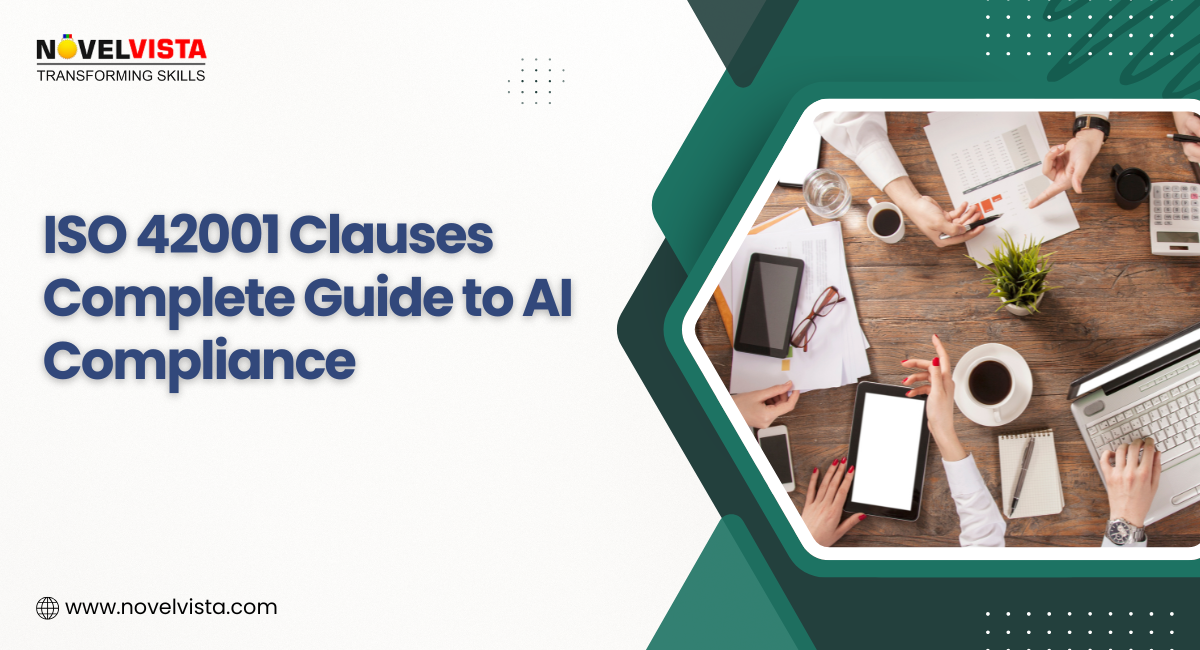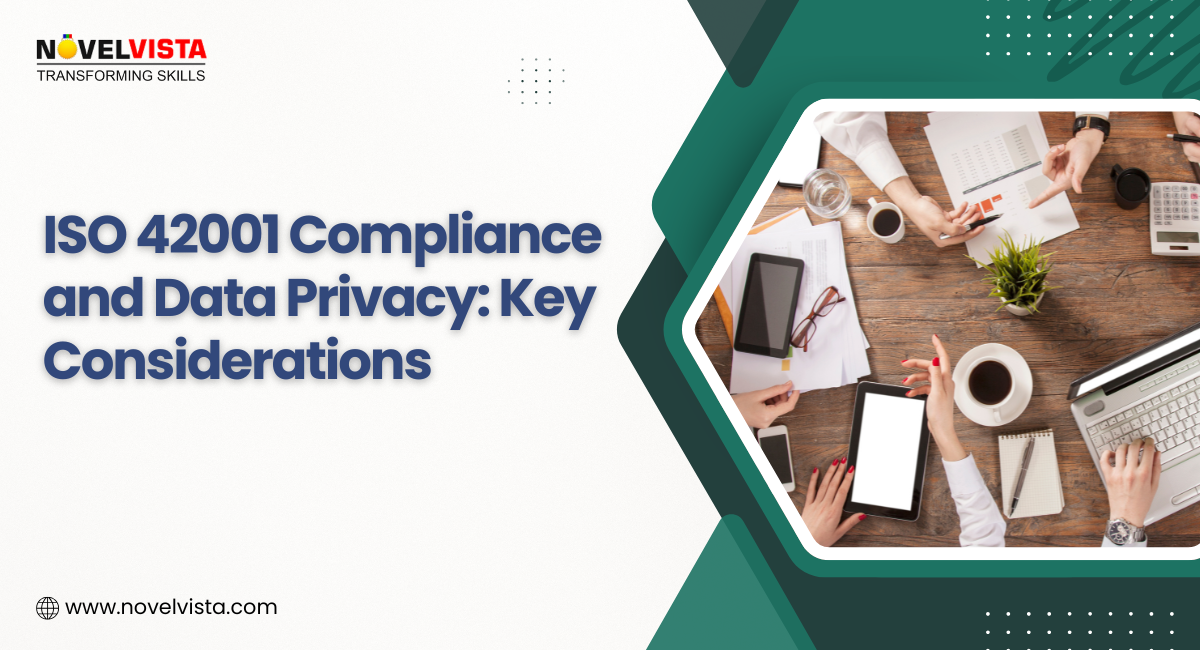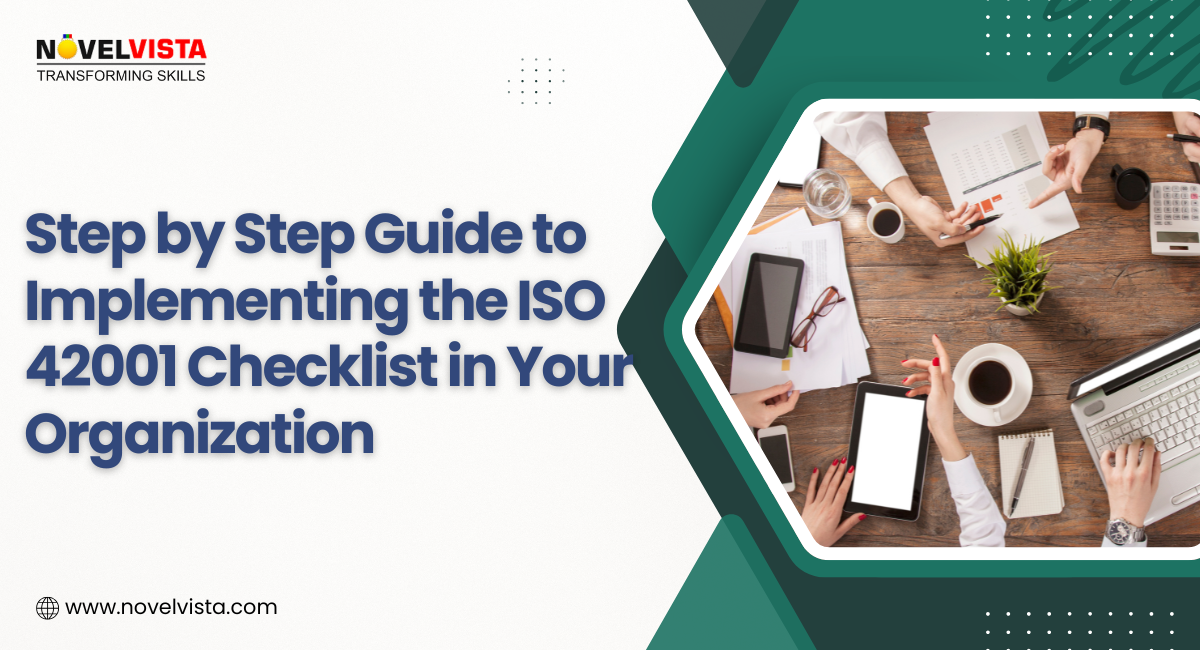
In today’s fast-paced business environment, organizations face an increasing number of risks — from cyberattacks and natural disasters to global pandemics and supply chain disruptions. While many companies once relied on informal business continuity guidelines, the growing complexity of threats demanded a more structured and internationally recognized approach. This need led to the creation and global adoption of the ISO 22301 Standard, a comprehensive framework for building and maintaining an effective Business Continuity Management System (BCMS).
From Guidelines to a Structured Standard
Before ISO 22301, organizations often followed various national or industry-specific guidelines to ensure business continuity. One of the most notable early frameworks was the British Standard BS 25999, introduced in 2006. While BS 25999 provided a solid foundation, it was limited in scope and lacked global recognition.
The shift from guidelines to the ISO 22301 Standard marked a critical evolution. Launched in 2012, ISO 22301 brought a consistent, internationally accepted set of requirements that could be applied to organizations of all sizes and industries. This not only improved clarity and accountability but also allowed companies to benchmark their continuity plans against a globally recognized model.
Why the Shift Was Necessary
Business continuity guidelines were useful, but they often lacked the rigor and measurability needed to deal with complex modern threats. These guidelines were sometimes too flexible, making it hard for auditors or regulators to evaluate an organization’s preparedness effectively.
The ISO 22301 Standard addressed these challenges by:
Providing a clear set of auditable requirements.
Aligning business continuity planning with other ISO management systems.
Introducing a risk-based approach to ensure continuity strategies are proportionate to the actual risks faced.
Emphasizing continual improvement through the Plan-Do-Check-Act (PDCA) cycle.
By formalizing business continuity into an ISO standard, organizations could now gain certification, proving their readiness to customers, partners, and regulators.
Key Features of the ISO 22301 Standard
The ISO 22301 Standard is more than just a framework; it’s a detailed roadmap for developing a resilient organization. Its core features include:
Business Impact Analysis (BIA): Identifying critical functions and the resources required to keep them operational.
Risk Assessment: Analyzing potential threats and vulnerabilities that could disrupt operations.
Continuity Strategies: Developing plans and resources to maintain or quickly restore operations during a crisis.
Testing and Exercises: Regularly validating plans to ensure they work effectively in real-life scenarios.
Continual Improvement: Making adjustments based on lessons learned from drills, audits, and actual incidents.
These structured requirements transformed business continuity from a “good practice” into a measurable and certifiable discipline.
The Evolution of ISO 22301
Since its introduction in 2012, ISO 22301 has continued to evolve. The most significant update came in 2019, which simplified the language, improved clarity, and made the standard more adaptable for organizations of different sizes. The revised standard also emphasized leadership involvement, streamlined documentation requirements, and aligned more closely with other ISO management standards like ISO 9001 and ISO 27001.
This evolution reflects the changing risk landscape, ensuring that the standard remains relevant in a world where digital threats, geopolitical instability, and environmental crises are constant challenges.
Global Recognition and Industry Adoption
One of the biggest advantages of ISO 22301 over earlier guidelines is its universal recognition. Organizations in finance, healthcare, manufacturing, IT, government, and critical infrastructure sectors now widely adopt the standard.
Certification provides competitive advantages, such as:
Building customer trust by demonstrating preparedness.
Meeting regulatory and contractual requirements.
Protecting brand reputation in times of crisis.
Ensuring faster recovery and minimal downtime.
These benefits have encouraged organizations across the globe to move away from loosely defined guidelines and adopt a structured, auditable BCMS through ISO 22301.
Why This Shift Matters for the Future
The transition from guidelines to a global standard is more than a technical update—it represents a cultural change in how organizations view resilience. Today’s businesses operate in an interconnected world where disruptions can have widespread consequences. By adopting the ISO 22301 Standard, companies are not just preparing for known risks but also building the agility to adapt to unforeseen challenges.
In the coming years, as threats become more unpredictable and technology plays an even greater role in business operations, the adoption of globally recognized standards like ISO 22301 will continue to grow. This shift ensures that organizations are not only compliant but genuinely resilient, capable of protecting their people, assets, and reputation in any situation.










Write a comment ...